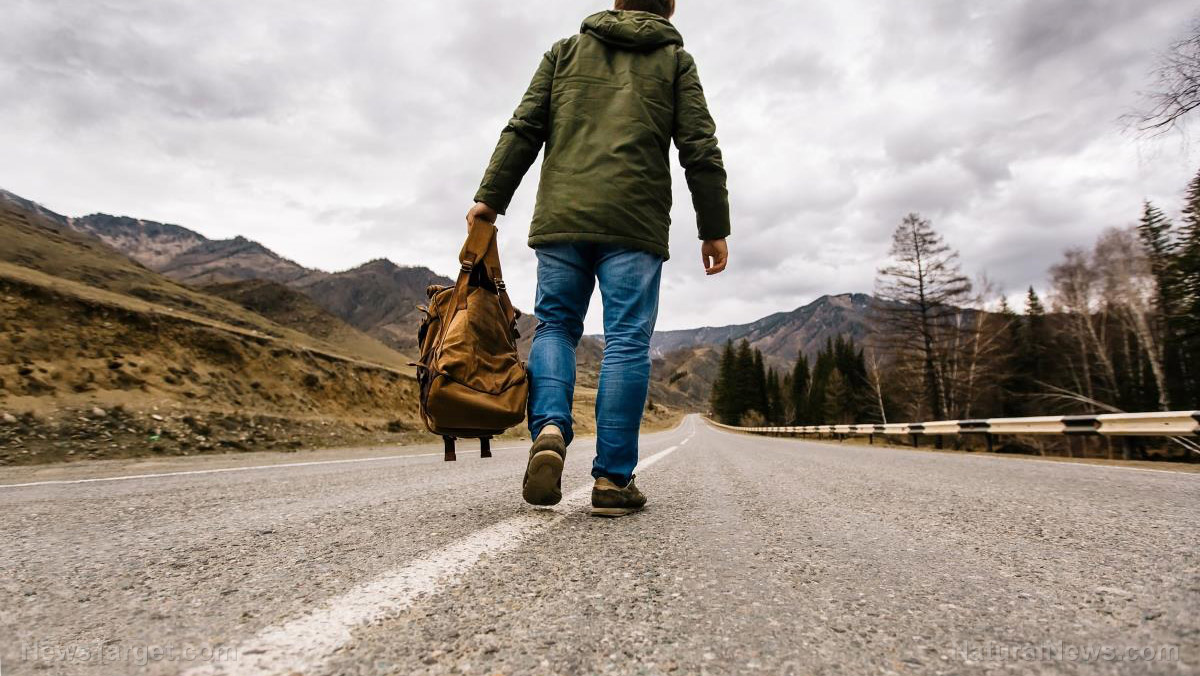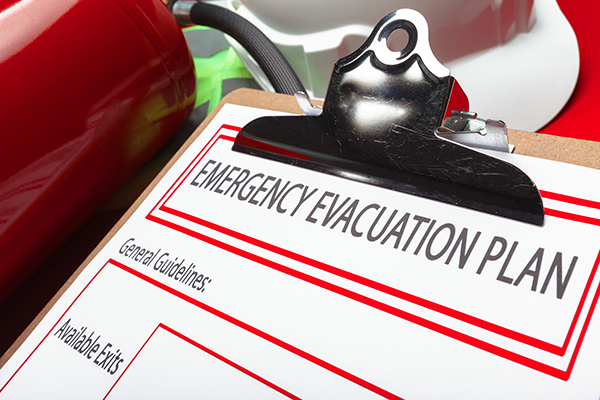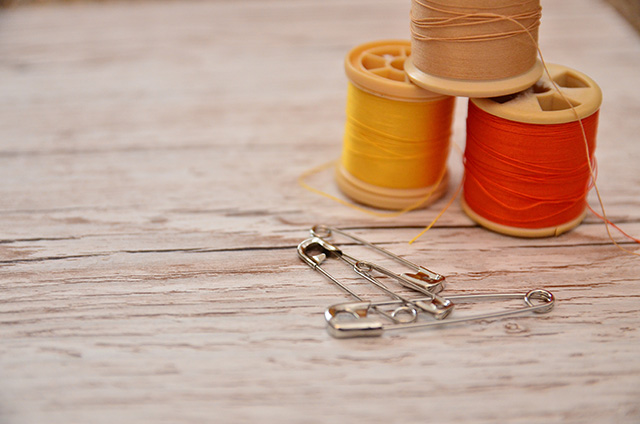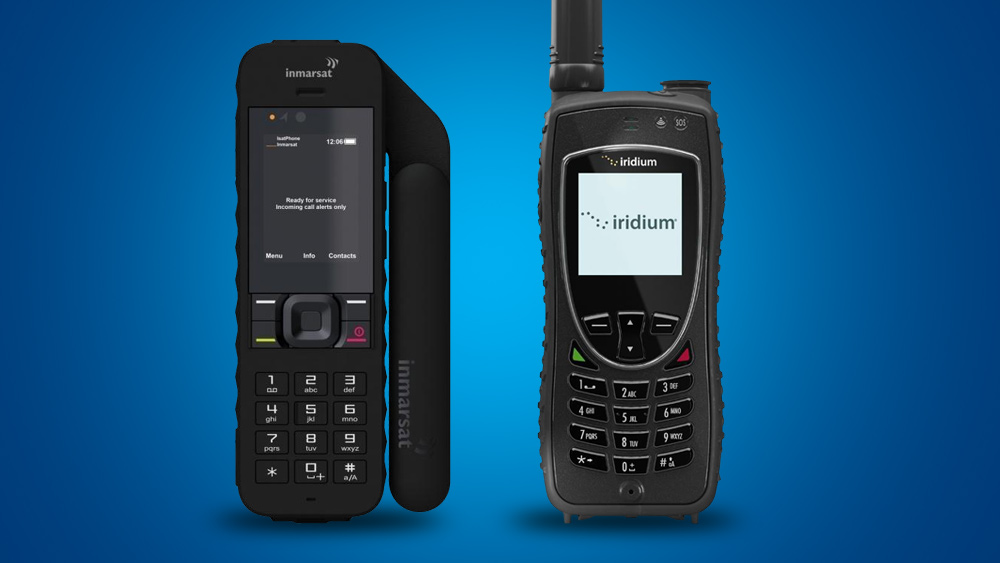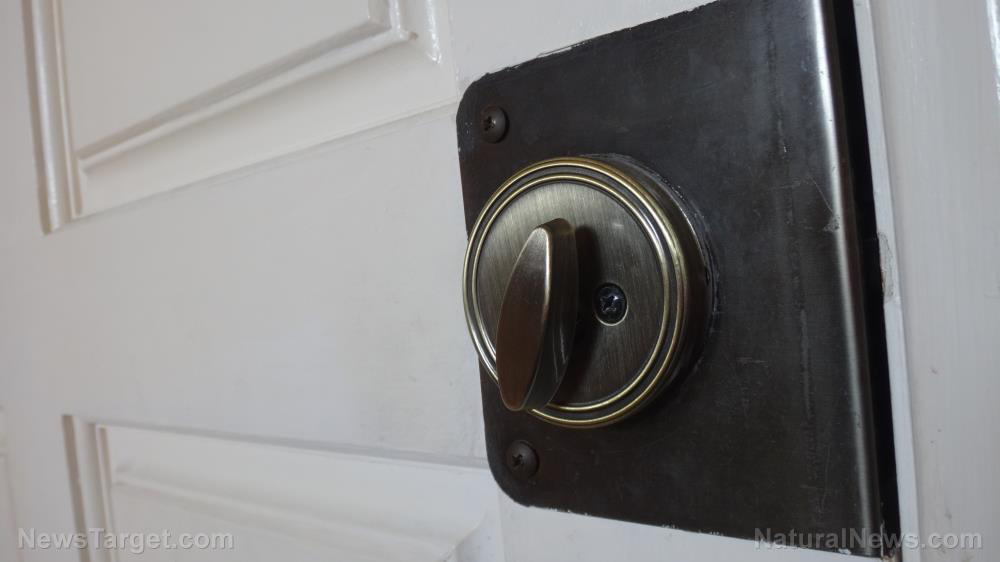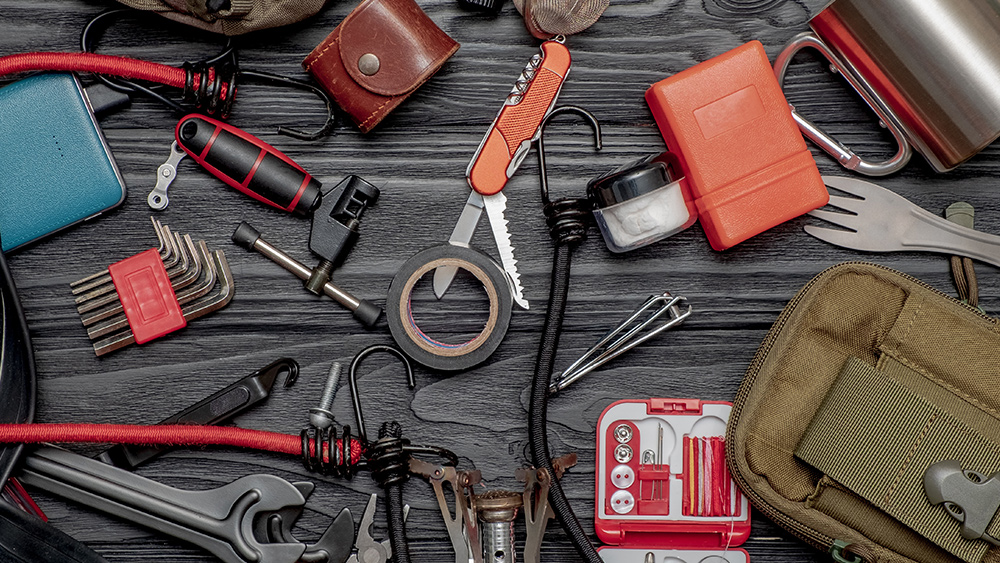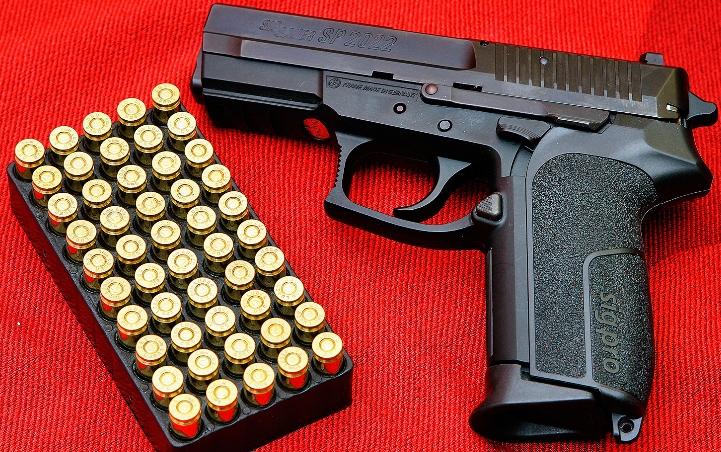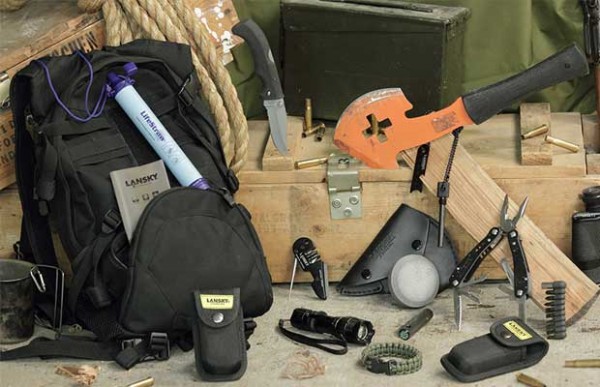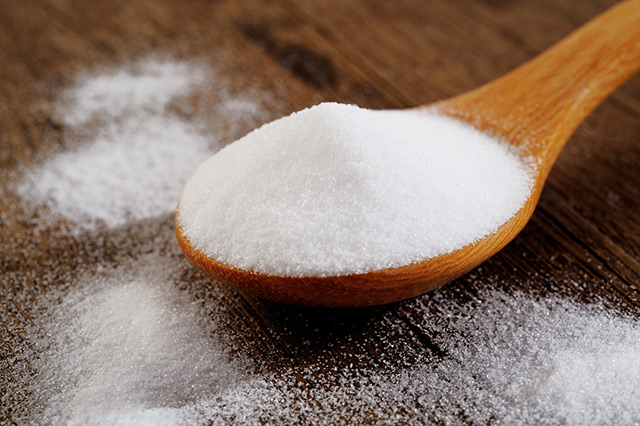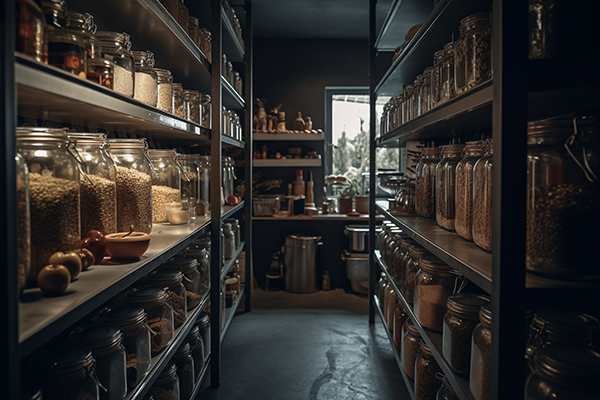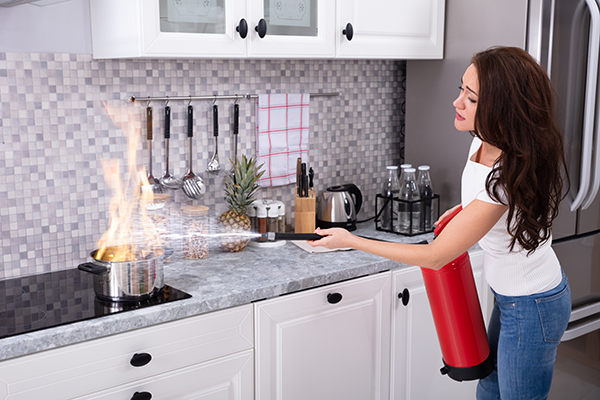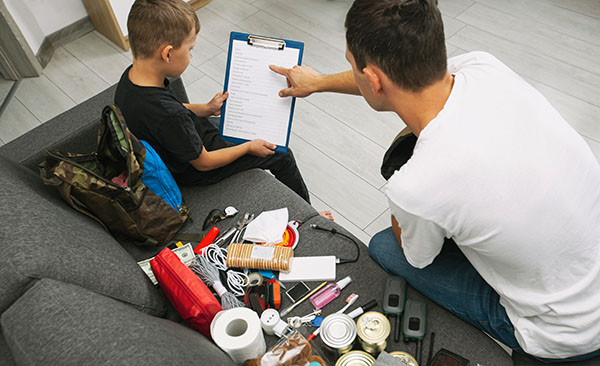Prepping 101: How to build a reliable firestarting kit for blackouts and bug-out bags
05/21/2025 / By Zoey Sky
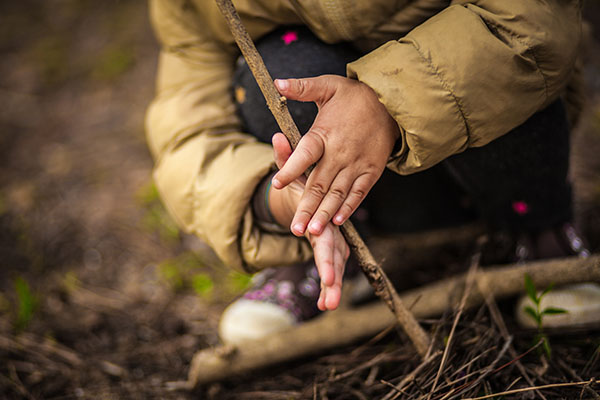
- Fire is essential for survival, but weather and emergencies can make starting one difficult. This makes a compact, weatherproof firestarting kit crucial for preparedness.
- Use a waterproof container to keep your matches, tinder and tools dry. Test the container first by submerging it in water.
- Pack multiple firestarting tools for backup if one fails due to wet or cold conditions. Include weatherproof tinder stored in sealed bags to ensure quick ignition even when damp.
- Add survival aids (fire cubes, pine resin, WetFire) and tools (knife, pocket bellows) to help start fires in rain or snow, and learn proper fire-building techniques (location, fire lay, gradual fuel addition).
- A lightweight, waterproof kit with backups ensures you can start a fire in any emergency.
Fire is one of humanity’s oldest survival tools, and it provides warmth, cooks food, purifies water and signals for help. Yet, in an emergency, starting a fire isn’t always as simple as flicking a lighter on some firewood.
Unpredictable factors like rain, wind and cold can turn a basic spark into a frustrating struggle. Every prepper should have a compact, weatherproof firestarting kit for blackouts at home or tucked inside a bug-out bag.
This guide breaks down the essentials of building a foolproof firestarting kit, ensuring you’re never left in the dark when it matters most. (h/t to SurvivalLife.com)
Choose a waterproof container
Your firestarting kit is only as good as its ability to stay dry. Water ruins matches, soaks tinder and can make ignition nearly impossible.
The first step? Pick a waterproof, durable case that floats and seals out moisture.
Some great options include:
- Altoids tin – These tins are small, lightweight and fit easily in a pocket.
- Pelican micro case – This kind of case is crush-proof and is fully sealed against water.
- Plastic waterproof case – These cases are affordable and will keep the contents of your kit dry.
- Vacuum-sealed bag – A vacuum-sealed bag is ultra-lightweight and perfect for tinder storage.
When you’re done preparing your kit, make sure you test it. Do so by submerging it in a sink or bathtub with water for a few minutes.
If it floats and stays dry inside, it passes the test.
Pack multiple firestarting tools
Relying on just one firestarting method is risky. A well-rounded kit includes at least three firestarting tools to handle different conditions. (Related: Survival cooking basics: Essential gear and fuel for every scenario.)
Ferrocerium (ferro) rod
Ferro rods are great because they work even when wet. They also produce very hot sparks that ignite tinder instantly.
One ferro rod will last for at least thousands of strikes.
Mini Bic lighter
Mini Bic lighters are simple and reliable, but they can fail in extreme cold. Wrap a rubber band around your lighter to improve grip in wet conditions.
Stormproof matches
Stormproof matches will burn even in wind and rain. However, they must be stored in a waterproof case (like a small pill bottle with an O-ring).
It’s good to have three or more firestarters in case one fails. For example, if your lighter runs out of fuel or if your matches get wet, you still have backups if you have stormproof matches.
Add weatherproof tinder
Even the best spark won’t help if your tinder is damp. Good tinder catches fire quickly and burns long enough to ignite kindling.
Here are the best options for tinder in your kit:
- Char cloth – Char cloth is another great option because it catches sparks instantly and is best used with ferro rods.
- Cotton balls soaked in petroleum jelly – The cotton balls should burn for one to two minutes, even when damp.
- Dryer lint – Store dryer lint in a resealable plastic bag to keep it dry. This option is lightweight and highly flammable.
- Fatwood shavings – Fatwood shavings are naturally resinous. They burn hot and repel moisture.
- Wax-coated cotton rounds – This option is water-resistant and burns steadily.
Store tinder in small ziplock bags inside your kit to keep it dry and organized.
Include firestarting aids for tough conditions
If you think you need to start a fire in rain or snow, having items that will work even in bad weather will help.
These firestarting aids help dry out wet wood and sustain flames:
- Fire starter cubes – The cubes can burn hot for several minutes.
- Pine resin – Pine resin is a natural accelerant that helps wood catch fire faster.
- WetFire cubes – WetFire cubes will catch fire even when soaked in rain.
These items are game-changers in bad weather, giving you extra time to build a sustainable fire.
Add helpful survival tools
Here are a few extra tools that can make fire-building faster and easier:
- Ferro rod scraper – Prevents dulling your knife while creating stronger sparks with a ferro rod.
- Folding knife – Can be used to shave tinder, cut kindling and strike a ferro rod.
- Pocket bellows – A small metal tube that can be used to blow air into flames, making them burn hotter when starting a fire.
- Ziplock bags – Use the bags to keep everything organized and dry.
How to build a fire in any condition
A great firestarting kit is useless if you don’t know how to use all the items in it properly.
Follow these steps so you can start a fire even in harsh conditions:
Pick the right location
Don’t start a fire in wet ground and windy areas.
Use dry bark, rocks, or a raised platform if the ground is damp from rain or snow.
Use the best fire lay for your needs
- Lean-to fire – This fire lay blocks wind with a large log.
- Log cabin fire – A log cabin fire burns longer and is good for warmth. This fire lay requires wood stacked in a square.
- Teepee fire – A teepee fire burns hot and fast and is best used for quick boiling.
Start small, then build up
Ignite the tinder first. Next, add small twigs (kindling) once the flames are steady.
Gradually place the larger sticks to sustain the fire.
A well-built firestarting kit is lightweight, waterproof and includes redundancies. Whether you’re facing a blackout at home or an emergency in the wild, having multiple ways to start a fire dramatically increases your chances of success.
Take the time to assemble your kit now because when disaster strikes, preparation makes all the difference.
Visit Preparedness.news for more tips on how to prepare your survival kit before SHTF. You can also check out Health Ranger Store and Brighteon Store for more supplies for your survival kit.
Watch this clip for tips on how to make waterproof tinder for your firestarting kit.
This video is from the Cahlen channel on Brighteon.com.
More related stories:
Firestarting tips: 5 Types of campfires and how to build them.
Transforming your house into a survival haven before SHTF.
Why essential oils are must-have barter items when SHTF.
Essential survival skills you can master in your own backyard.
Sources include:
Submit a correction >>
Tagged Under:
blackouts, bug out, campfire, campfire cooking, camping, Gear, how-to, off grid, outdoor cooking, power outages, preparedness, prepper, prepping, prepping gear, prepping skills, survival, survival gear, survival skills, Survival Tips, survivalist
This article may contain statements that reflect the opinion of the author
RECENT NEWS & ARTICLES
COPYRIGHT © 2017 GEAR.NEWS
All content posted on this site is protected under Free Speech. Gear.news is not responsible for content written by contributing authors. The information on this site is provided for educational and entertainment purposes only. It is not intended as a substitute for professional advice of any kind. Gear.news assumes no responsibility for the use or misuse of this material. All trademarks, registered trademarks and service marks mentioned on this site are the property of their respective owners.

